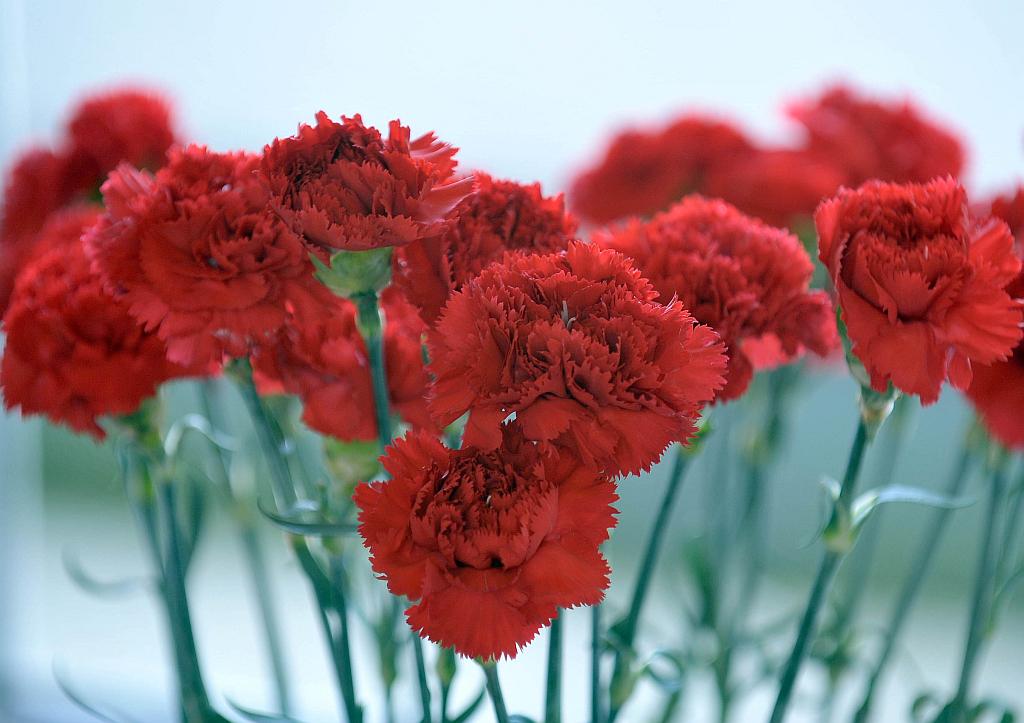
Red carnations hanging from window sills have long been one of the most characteristic sights in Slovenia’s Alpine villages. Now a concerted effort is underway to restore an indigenously Slovenian variety of this precious blossom.
The carnation has a long history; its beauty was highly prized even by the ancient Romans and Greeks. According to Christian tradition, the first carnation grew from the tears that the Virgin Mary shed for her dead son.
For centuries, the indigenous Upper Carniolan variety of the carnation was one of the most treasured flowers in Slovenia. Virtually every house in the northern part of the country was decorated with the carnation’s distinctive light-red blossoms, and the carnation even became a cultural symbol. When young men left for military service, they were traditionally given two keepsakes by their girlfriends: a carnation and a twig of rosemary. The carnation was also a common motif in art, and its shape was frequently used by decorators and designers.
Most of all, the Upper Carniolan carnation was loved because it was unique; the type is found nowhere else in the world. It differs from the Swiss - or Tyrolean - variety because its red color tends to be lighter. It is also more sensitive to temperature extremes and more prone to diseases.
In fact, the delicate nature of the Upper Carniolan carnation almost led to its disappearance. Because the hardy Swiss / Tyrolean variety was much easier to maintain and was better able to withstand the summer heat, it had all but replaced the indigenous carnation by the turn of the century.
That’s when the Slovenian Tourist Board stepped in and launched a campaign to restore the indigenous Upper Carniolan carnation. The project included special awards given to carnation growers who produce the most attractive flowers. The campaign was a success, and several growers in northern Slovenia now sell their Upper Carniolan flowers to clients around the country, while entire villages compete for the recognition of having the most carnations on their windows and balconies. Even some mountain huts are now decorated with carnations; the sun-shy indigenous variety has proven to be especially suited to higher altitudes.
Thanks to newly-discovered awareness for the indigenous Upper Carniolan carnation, the historic flower seems likely to grace Slovenian homes and villages for decades to come.

































































